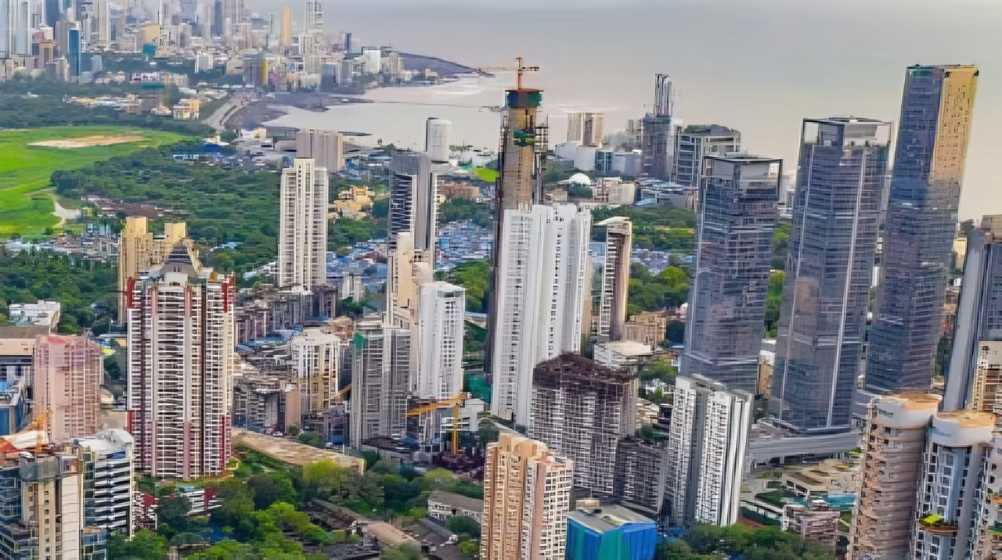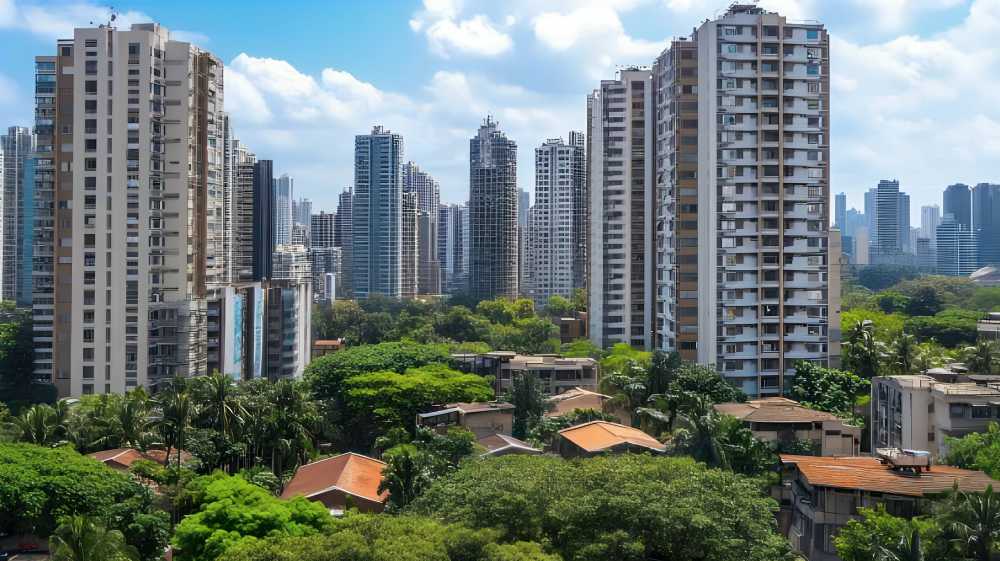July 19, 2025: Mumbai is a city constantly evolving—an urban expanse steadily upgrading itself through ambitious infrastructure projects. The intent is commendable and necessary for a metropolis of its scale. As arterial roads in areas such as Andheri, Dadar, Ghatkopar and Kurla undergo major works, the vision for a modern, more connected city is clear. However, it is equally important to ensure that the process of development remains in step with the rhythm of daily life.
According to the 2024 TomTom Traffic Index, Mumbai ranks 39th globally for peak-hour traffic congestion, with a 10 km commute now averaging nearly 30 minutes—up from 21 minutes the previous year. While expansion is certain to cause some disruption, lengthy and overlapping interventions can have an impact on overall productivity and public morale. Estimates suggest the city may be facing economic costs exceeding Rs 40,000 crore annually due to delays, fuel usage, and reduced efficiency.
Interagency coordination could be enhanced. Greater synchronisation can benefit departments in charge of water pipelines, electricity lines, phone networks, and metro construction. Some road lengths are currently excavated more than once due to sequential rather than integrated design. The Brihanmumbai Municipal Corporation’s road concretisation campaign, which encompasses over 900 projects, is a mammoth undertaking.
Yet over 400 of these projects are currently on pause due to the monsoon, underlining the significance of careful planning. As a result, the focus must move to improving execution, with an emphasis on efficiency, communication, and public convenience. Timely completion, properly defined schedules, safety precautions, and minimising repeat work will all help to sustain public confidence.
Mumbai’s growth story deserves to be one of smart planning and smooth delivery. Infrastructure should elevate the city’s pace, not hinder it. For progress to be truly meaningful, it must move in harmony with the lives of the people it serves.





